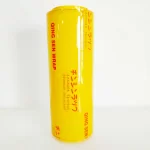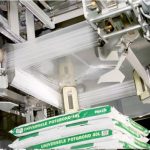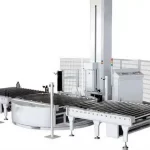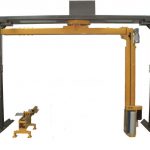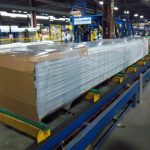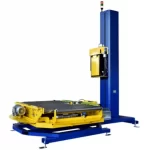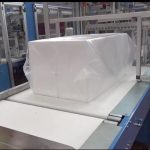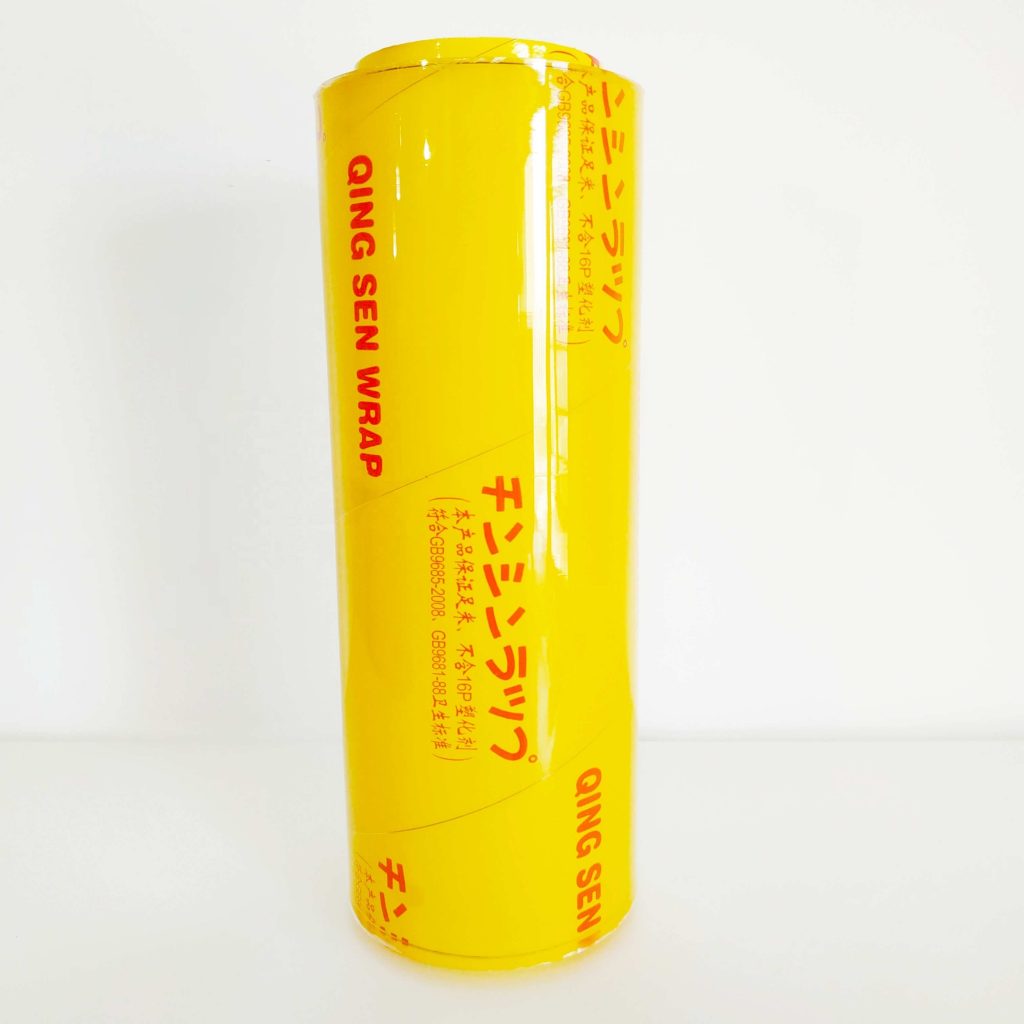
Selecting the right stretch film is crucial for ensuring the stability, protection, and cost-effectiveness of packaging operations across various industries. Stretch films, primarily used for securing products during transport and storage, come in various types, each with unique properties and applications.
Understanding Stretch Film Characteristics
Stretch film, typically made from linear low-density polyethylene (LLDPE), is prized for its stretchability, cling, and strength. The film must be chosen based on the requirements of the specific application, which vary depending on the load type, environmental considerations, and machinery used.
Film Type: There are several types of stretch films, including hand stretch film, machine stretch film, and pre-stretched film. Hand stretch film is manually applied and is suitable for low-volume packaging needs. Machine stretch film is intended for use with automatic or semi-automatic packing machines, offering a more consistent application and typically a higher stretch rate. Pre-stretched films are pre-stretched near their ultimate break point before being wound onto rolls, reducing the amount of film used.
Thickness (Gauge): The thickness of stretch film usually ranges from 12 microns to 35 microns. Thinner films are often more cost-effective and reduce waste, while thicker films provide greater security for heavier or irregularly shaped loads.
Width and Length: The size of the film roll should be compatible with the wrapping machine’s specifications and the size of the loads. Typical widths range from 10 inches to 20 inches, with custom sizes available.
Stretchability and Memory: High-performance films can stretch up to 300%, which is essential for tightly securing loads. The film’s memory is crucial for maintaining tightness after application.
Tear Resistance: Depending on the type of products being wrapped, the film’s resistance to punctures and tears can be a critical factor. Films with higher resistance are necessary for items with sharp edges or irregular shapes.
Environmental and Operational Considerations
Load Type: Assess the weight, shape, and type of load. Heavier and more irregular loads require a film with higher puncture resistance and thickness.
Environmental Factors: Consider conditions like exposure to UV light, extreme temperatures, or moisture. Special films like UV-resistant or ventilated stretch films might be necessary.
Machine Compatibility: Ensure the film’s specifications match the capabilities of the stretch wrap machinery being used, particularly in terms of core size, film width, and stretch potential.
Sustainability: Many businesses are moving towards more sustainable practices, which include using stretch films made from recycled materials or those that are biodegradable.
Sample Applications
Warehousing: For standard palletized products in warehouses with minimal exposure to harsh conditions, a standard machine stretch film of about 20 microns thick is typically sufficient.
Food Industry: Ventilated stretch films are ideal for agricultural or food products that require aeration to prevent spoilage.
Transportation: For long-distance shipping, particularly in open trucks, reinforced stretch films with high resistance to tears and punctures are recommended.
Choosing the right stretch film not only ensures the safety and integrity of packaged goods but also enhances operational efficiency and can lead to cost savings. It’s important to test different films under practical conditions to find the most suitable option according to the specific needs of the operation.
